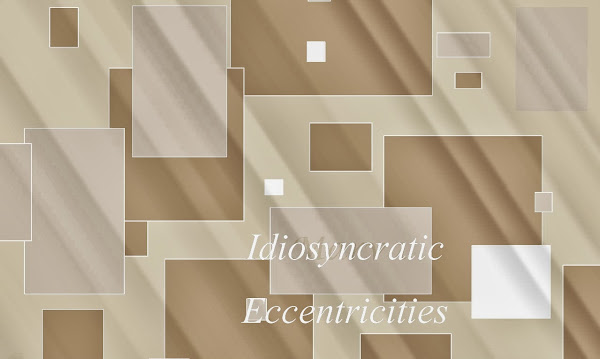In stanza 157 of Hávamál, the runes are attributed with the power to bring
that which is dead to life. In this stanza, Odin recounts
a spell:
Þat kann ek it tolfta,
ef ek sé á tré uppi
váfa virgilná,:
svá ek ríst ok í rúnum fák,
at sá gengr gumi
I know a twelfth one if I see,
up in a tree,
a dangling corpse in a noose,
I can so carve and color the runes,
In Norse mythology, the runic alphabet is attested to a divine
origin (Old Norse: reginkunnr). This is attested as early
as on the Noleby Runestone from
around 600 AD that reads Runo fahi raginakundo toj[e'k]a...,
meaning "I prepare the suitable divine rune ..."[3] and in an attestation from the 9th century on
the Sparlösa Runestone which
reads Ok rað runaR þaR rægi[n]kundu, meaning "And
interpret the runes of divine origin".[4] More notably, in the Poetic Edda poem Hávamál, Stanza 80, the runes are also described as reginkunnr:
Þat er þá reynt,
er þú að rúnum spyrr
inum reginkunnum,
þeim er gerðu ginnregin
ok fáði fimbulþulr,
þá hefir hann bazt, ef hann
þegir.[5]
That is now proved,
what you asked of the runes,
of the potent famous ones,
which the great gods made,
and the mighty sage stained,
that it is best for him if he stays silent.[6]
The poem Hávamál explains
that the originator of the runes was the major god Odin.
Stanza 138 describes how Odin received the runes through self-sacrifice:
Veit ek at ek hekk vindga
meiði a
netr allar nío,
geiri vndaþr ok gefinn
Oðni,
sialfr sialfom mer,
a þeim meiþi, er mangi
veit, hvers hann af rótom renn.
I know that I hung on a windy tree
nine long
nights,
wounded with a spear, dedicated to Odin,
myself to myself,
on that tree of which no man knows from where
its roots run.[7]
In stanza 139, Odin continues:
Við hleifi mik seldo ne viþ
hornigi,
nysta ek niþr,
nam ek vp rvnar,
opandi nam,
fell ek aptr þaðan.
No bread did they give me nor a drink from a horn,
downwards I peered;
I took up the runes,
screaming I took them,
then I fell back from there.[7b]
Detail of the Elder Futhark inscription on a replica
of one of the 5th century AD Golden Horns of Gallehus found in
Denmark
This passage has been interpreted as a
mythical representation of shamanic initial ritual in which the initiate must
undergo a physical trial in order to receive mystic widsom.[8]


No comments:
Post a Comment